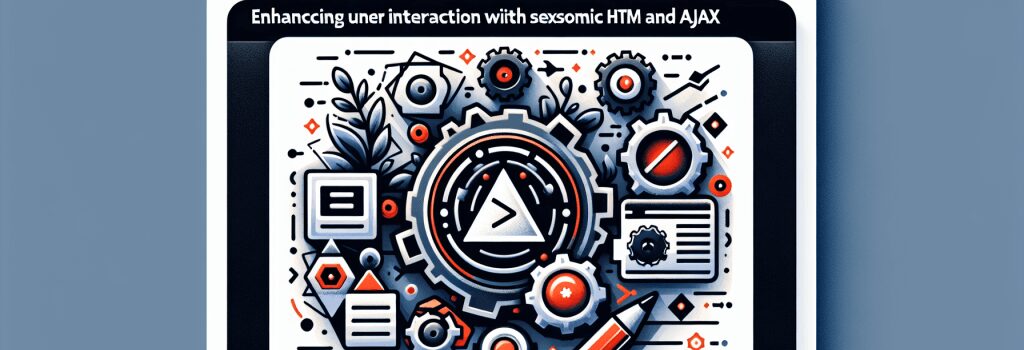Enhancing User Interaction with Semantic HTML and Ajax

Every now and then, someone somewhere with a cocktail in hand turns to you, completely out of the blue, and asks, “Hey, can you make my website more interactive?”. And every time it feels like you’re staring at a gif of a spinning wheel, trying to explain the mechanics of web interactivity. Well, folks, that’s exactly what we’re going to tackle today.
Today, we take the red pill, and resolutely head into the Matrix. Only instead of dodging bullets, we’re weaving through lines and lines of HTML and Ajax to take user interaction up a notch. And oh yes, much like Morpheus, I can guarantee you that by the end of this read, you’ll be dodging your client’s tricky questions with the grace of a web development Neo. Let’s dive in!
Gearing Up With Semantic HTML & Ajax
Before we discuss enhancing user interaction, let’s set a quick footing on Semantic HTML and Ajax. Being the plate at the buffet of web development, HTML (HyperText Markup Language) is crucial. But let’s add a bit of Semantics to our plate.
Semantic HTML introduces meaning to the web page structure by encapsulating the content with an appropriate tag, thus making it not only delicious for human eyes but also palatable for our dear search engine bots.
And now, coming to Ajax – the beverage that compliments our meal. Ajax, short for Asynchronous JavaScript And XML, lets you update the web content without having to reload the entire page – because who likes waiting, right?
The Magic Trick of Semantic HTML
So, how does Semantic HTML affect user interaction? If a user interaction was a symphony, then semantic HTML would be a maestro. It creates an effective, structural layout that guides the user flow through the website.
Key Pointers For Using Semantic HTML
Here are a few pointers to make your web page structure a little more symphonic:
1. Use appropriate tags: Wrap elements in appropriate tags that describe the content. For e.g., use ;<header>> for the header and not a simple ;<div>>.
2. Accessibility first: Semantic tags improve the website’s accessibility, especially for users with assistive devices.
Waving the Ajax Wand
Now that we’ve structured our page, let’s make this interaction a two-way street. Here’s where our magic wand – Ajax, comes into play. Ajax allows changes to be made on the website without requiring a page reload, keeping the user experience smooth and uninterrupted.
Key Pointers For Using Ajax
To master the Ajax wand, keep these in mind:
1. Use Ajax for form submissions: This makes the process seamless and keeps the user focused on the webpage.
2. Update sections: Rather than reloading the entire page after a task, update only the necessary sections.
And there you go, future web wizard! By adequately understanding and implementing Semantic HTML and Ajax, you will significantly improve user interaction on your website. But remember, the magic lies in the hand of the wand-holder. Mastery comes only with practice. So, keep waving that wand! Make Morpheus proud.


